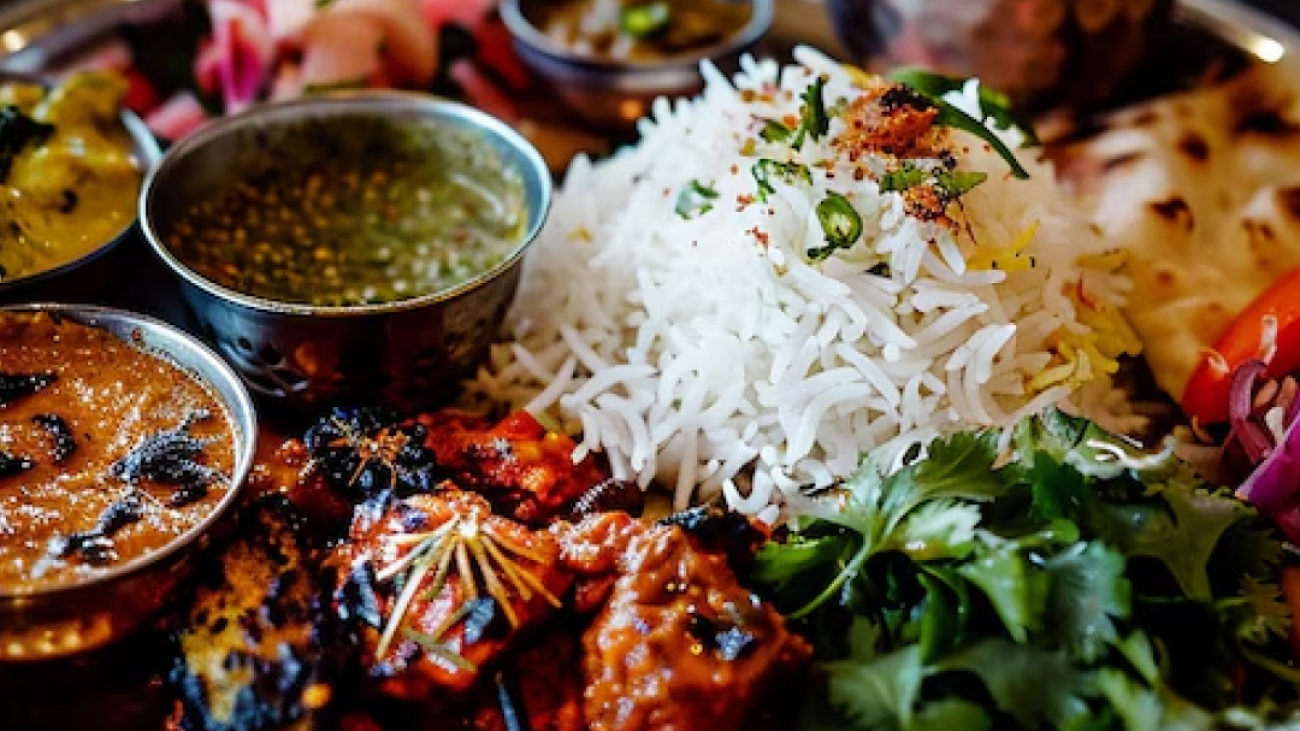Introduction
Effective marketing is crucial for successfully promoting imported food products in today’s competitive market. With a growing demand for diverse and exotic culinary experiences, the ability to market these products effectively can significantly influence their success. Imported foods, often characterized by unique flavors and cultural significance, require strategic marketing approaches to capture consumer interest and drive sales. This article explores key marketing strategies for promoting imported food products, including identifying target audiences, crafting compelling messaging, utilizing digital marketing, leveraging social media, and building brand awareness through influencer partnerships.
Identifying Target Audiences for Imported Food Products
Identifying the right target audiences is the first step in effective marketing for imported food products. The target market for these items typically includes food enthusiasts, culturally curious consumers, and those seeking authentic international flavors. Demographic factors such as age, income, and lifestyle also play a crucial role in defining the audience. For example, millennials and Gen Z are often more open to trying new foods and are influenced by trends in global cuisine.
Additionally, understanding the dietary preferences and health consciousness of potential customers can help tailor marketing strategies. For instance, promoting imported products that align with the growing interest in organic or gluten-free options can attract health-conscious consumers. By analyzing market research and consumer behavior, businesses can better target their marketing efforts, ensuring that their campaigns resonate with the right audiences and drive engagement with imported food products.
Crafting Compelling Messaging for International Foods
Crafting compelling messaging is essential for capturing consumer interest and differentiating imported food products from competitors. Messaging should focus on the unique aspects of the product, such as its cultural heritage, distinctive flavors, and high-quality ingredients. Highlighting the story behind the product—whether it’s the traditional methods used in its production or its significance in its country of origin—can create a stronger emotional connection with consumers.
Effective messaging should also address the benefits of the product, such as its health benefits, convenience, or unique taste profile. Using descriptive language and appealing visuals in marketing materials can enhance the attractiveness of the product. For example, emphasizing the aromatic spices of Persian saffron or the rich, tangy flavor of pomegranate molasses can intrigue potential buyers. By developing messaging that clearly communicates the value and uniqueness of imported food products, businesses can capture consumer interest and drive purchasing decisions.
Utilizing Digital Marketing Strategies to Boost Imported Food Sales
Digital marketing offers powerful tools to enhance the visibility and sales of imported food products. Key strategies include search engine optimization (SEO), pay-per-click (PPC) advertising, and email marketing. SEO involves optimizing website content to rank higher in search engine results, making it easier for consumers to find information about imported foods. PPC advertising can drive targeted traffic to your website through sponsored search results and display ads.
Email marketing is another effective strategy for promoting imported food products. Building a subscriber list allows businesses to send targeted promotions, product updates, and personalized offers directly to interested consumers. This approach not only keeps customers informed but also encourages repeat purchases. By leveraging these digital marketing strategies, businesses can effectively reach a broader audience, increase product visibility, and drive sales for imported food products.
Leveraging Social Media to Highlight Imported Food Products
Social media platforms are invaluable for promoting imported food products and engaging with a diverse audience. Platforms like Instagram, Facebook, and Pinterest offer visual appeal and storytelling opportunities that can highlight the uniqueness of international foods. Sharing high-quality images and videos of imported products, along with engaging content such as recipes and cooking tips, can captivate potential customers.
Social media also facilitates real-time interaction with consumers, allowing businesses to respond to inquiries, gather feedback, and build a community around their brand. Running targeted ads and promotions on social media platforms can further boost visibility and drive traffic to online stores or physical locations. By actively managing social media channels and creating shareable content, businesses can enhance their reach and foster a connection with consumers interested in imported food products.
Building Brand Awareness for Imported Food Through Influencer Partnerships
Influencer partnerships are a powerful tool for building brand awareness and credibility for imported food products. Collaborating with food bloggers, chefs, and social media influencers who have a strong following can amplify your marketing efforts. Influencers can create content that showcases your products in authentic and appealing ways, such as recipe demonstrations, product reviews, or taste tests.
Selecting influencers whose audience aligns with your target market ensures that your product reaches potential customers who are already interested in international cuisine. Additionally, influencers can offer valuable testimonials and endorsements that build trust and drive consumer interest. By leveraging influencer partnerships, businesses can enhance their brand visibility, generate buzz around their products, and attract new customers through trusted voices in the food and lifestyle space.
Conclusion
Effective marketing plays a crucial role in promoting imported food products, enabling businesses to reach and engage with their target audiences successfully. By identifying the right market segments, crafting compelling messaging, utilizing digital marketing strategies, leveraging social media, and building brand awareness through influencer partnerships, businesses can effectively position their imported food products in the competitive market. As consumer interest in diverse and authentic international foods continues to grow, implementing these marketing strategies can drive sales, enhance brand recognition, and establish a strong presence in the global food market.




